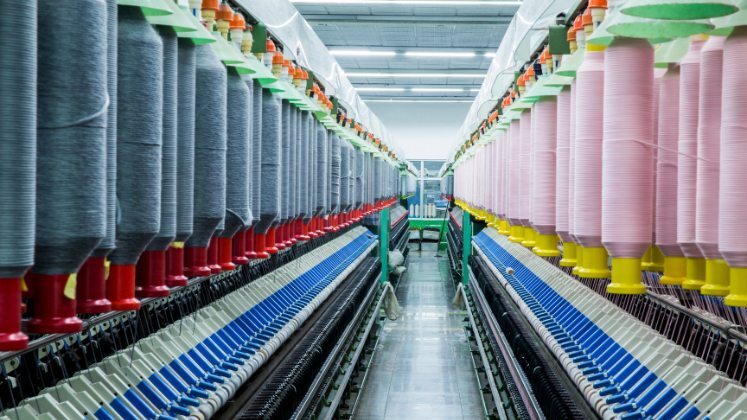India’s textile and apparel sector is facing a severe challenge following the imposition of new United States tariffs, according to a survey conducted by the Confederation of Indian Textile Industry (CITI). The United States, which accounts for approximately 28% of India’s global textile and apparel exports, has recently introduced an additional 25% ad valorem tariff and a 25% penalty, effectively amounting to a 50% rise in duties. This has markedly diminished the competitiveness of Indian products in the lucrative US market, prompting CITI to undertake a nationwide survey amongst industry stakeholders to assess the economic impact and necessary policy responses.
The survey drew participation from a broad spectrum of business entities trading with the US, encompassing both large companies and MSMEs. Notably, 69% of respondents were MSMEs and 91% reported exporting directly or indirectly to the US. The findings reveal that one-third of the businesses have seen their turnover slashed by more than half since the tariffs were introduced. Contributing factors include persistent requests for discounts from US buyers, which accounted for 30%, cancellation or postponement of orders at 25%, and a reduction in order volumes in 20% of cases. Over 85% of companies surveyed have experienced an inventory buildup due to the sharp decline in orders, while approximately two-thirds have resorted to offering discounts—most at around 25%—to try and remain competitive.
Working capital concerns have also intensified, with 82% of respondents reporting an extended credit cycle across their supply chains. More than half indicated that their credit period has increased by three to six months, sharply impacting their liquidity. Some 40% noted an increase in working capital requirements by over 30%, underscoring the worsening financial pressures across the sector.
In response to these conditions, over half of the surveyed companies have called on the government to introduce a moratorium on the repayment of existing loans. Another 42% favour the introduction of collateral-free loans to help them weather the resulting working capital crunch. There are also broad calls for policy measures to boost the competitiveness of raw materials, such as removing import barriers like QCOs and duties, and a heightened focus on diversifying export markets, with 46% of respondents seeking government support for such initiatives.
Additional policy suggestions from the industry include stepping up efforts to expedite free trade agreements with key markets like the EU, increasing export incentives such as RoDTEP and RoSCTL rates, bolstering duty drawback benefits, enhancing support for export market development, and introducing focused market incentive schemes for US-bound shipments. Relief measures like interest subvention, tax reductions, or holidays were also suggested as ways to alleviate acute liquidity challenges currently faced by exporters.
A comparative review of international tariff regimes highlights that India’s new 50% ad valorem rate is notably higher than key competitors such as Bangladesh and Vietnam, which face a 20% duty, and Indonesia and Pakistan, both at 19%. The situation is even more acute with China, which was poised for a steep 100% tariff effective from November 2025.







